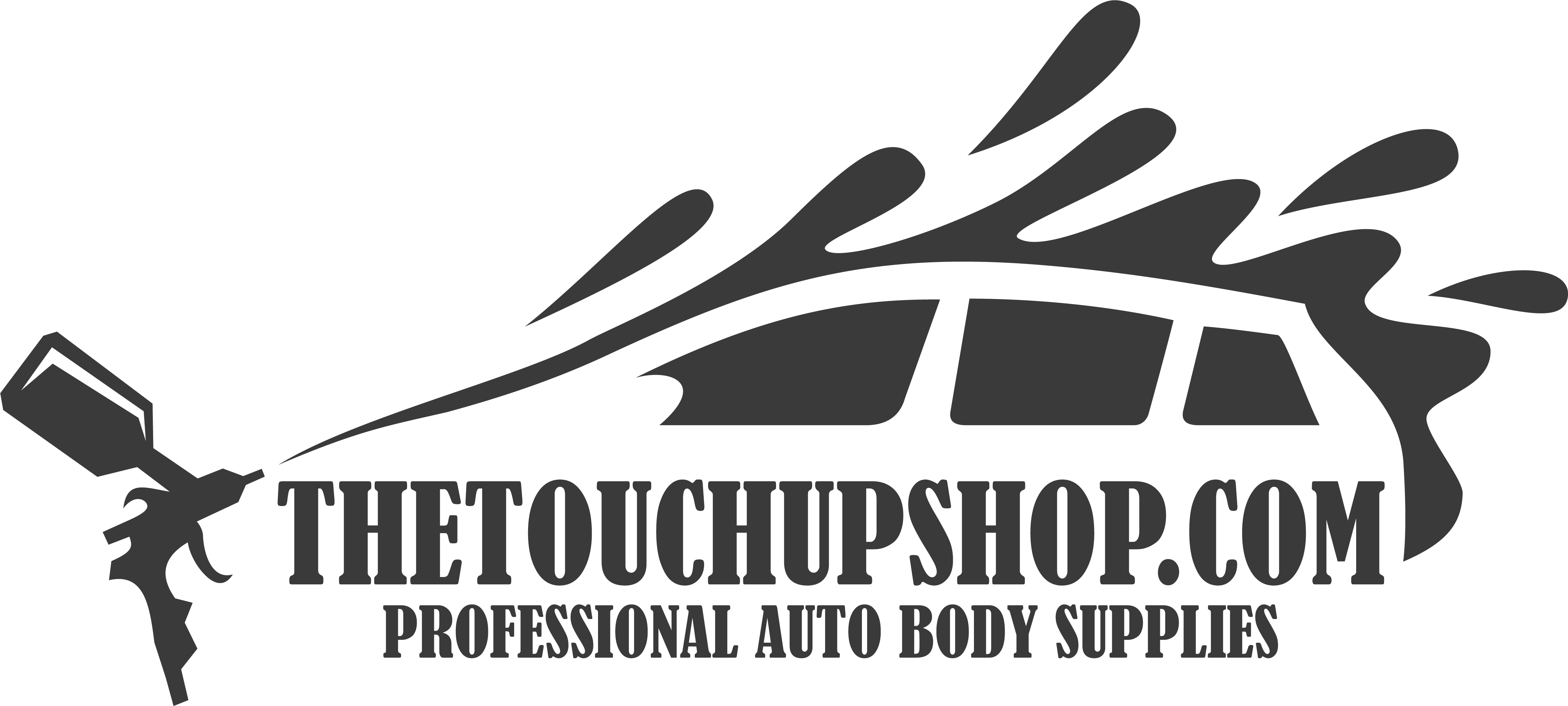Scratch Repair and Blending
Our products give you the power to fix your car and remove all signs of damage using your own hands, but please bear in mind that your vehicle is not meant for practising or experimenting on! Before you do any of the steps we’ve listed on our guides, please practise off your vehicle. An old metal can would be ideal.
If you want a step-by-step guide for scratch repair or more information on how to use our various products, visit our detailed guide on scratch repair using a spray can.
Fixing fiberglass scratches
If you’re repairing a rigid fiberglass part, you can treat it like metal. However, since fiberglass isn’t actually metal, it’s still a good idea to use the SEM Adhesion Promoter on the surface first, so you get good paint adhesion. This product goes on before the primer, basecoat, and all the other layers!
Powder coatings
Powder coatings are urethane, which is cured and baked at high temperatures. It’s generally considered better than paint, because it has better color retention, it’s more resistant to chipping and scratching, and it looks better. The only real downside is that it’s more expensive.
Like with the spray paint cans, when using this product, you’ll need to clean the area with wax and grease remover, and then wet sand the area. Use 220, and then 600 grit sandpaper. If the area has scratches that need filling, use primer.
Test our paint first, to make sure it won’t lift or wrinkle the existing finish. You can do this by applying some automotive lacquer thinner – wet the surface, and give it a couple rubs with a damp rag. If the finish doesn’t soften or wrinkle, you’re good to go! We also recommend testing a small area first, just to be doubly sure.
Storage instructions
Store our products in a cool, dry place. Don’t leave the spray cans in your car, because the heat can dry the paint up. If possible, store it in your fridge to make it last longer – but avoid freezing the cans!
Blending Paint: Notes and Directions
If you’re using metallic paints, you’ll need to blend it into the surrounding area for a smooth, finished appearance. This is important because there’s almost no way to get an exact match when using metallic paints, and blending it blurs the lines between new and old paint, so the difference doesn’t strike the eye.
Even professionals can’t get metallic paint to look exactly the same, because the color is influenced by the temperature, humidity, the angle of the metallic flakes, the spray pressure, and the distance between the equipment and the surface. It’s nearly impossible to control these factors exactly, which makes blending key.
Instructions for blending
First, repair the area. Fill in any deep scratches, and scuff the paint around the repaired area – you can go as far out as two feet. Now, start from the edge of the repaired area, and gradually reduce the amount of paint you’re using till you’re just applying a light mist a foot around the repaired area. This takes practice, but once you get it right, the repaired area will blend right in.
This is blending in a nutshell – it blurs the lines between old and new paint, so you can’t tell that an area has been repaired.
Once the paint has dried thoroughly, apply clearcoat. Go a foot past the mist coat with the clear, and going over the entire panel isn’t a bad idea either! Don’t mist it – apply a full coat. Let it dry, and then you’re done!
Note that some colors are extra difficult to match – gold being a notable example. Professional repairers sometimes end up painting a vehicle’s entire side, just to get an even color. So if you can’t get it right, try not to get frustrated. You can always get professional help as a last resort!
Instructions for using the blender
The clearcoat blender is useful for blending freshly applied clearcoat, and merging it into the existing finish. Clearcoat usually leaves behind a visible edge, which is why we recommend painting to the end of the panel, but with a blender you don’t have to do that.
To use the blender, wait till after you’ve applied the clearcoat. Then while it’s still wet, spray the blender around the edge of the repaired area. What you want to do is to spray the edge of the clearcoat right into the existing finish, on all sides.
The blender will dissolve and unite and paint edges. Once it’s dry, you can polish the surface with rubbing compound to get a good gloss.


